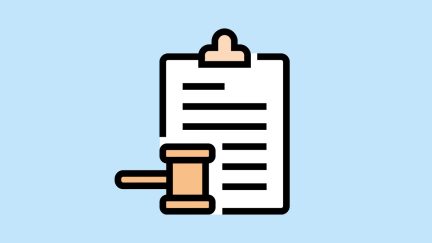Want the latest retirement plan adviser news and insights? Sign up for PLANADVISER newsletters.
DoL Proposes Revamped Investment Advice Rule
The proposed rule, now available for comment, would allow participants in 401(k) plans and IRAs to receive investment advice through an investment adviser receiving level fees that are fully disclosed or through a computer model determined to be “unbiased.”
The proposed rule looks a lot like the George W. Bush-era final regulations thrown out last year—but it also has some significant differences (see “EBSA Pulls Back Controversial Advice Mandate” and “Putting out Fires with Gasoline”). Most notably, the rule would require a level fee arrangement, meaning an investment adviser—or its firm or affiliates—cannot be compensated directly or indirectly based on the investment choices made by the participant.
In a conference call today, Assistant Secretary of Labor Phyllis Borzi clarified that investment advisers “can’t take advantage of this exemption from the ERISA rules if anyone at [the adviser’s] firm gets compensated by the choices that are made.” The goal is to make sure that participants are not steered toward higher-fee investment options. Borzi noted that the rule would also apply to target-date funds, which investment managers might construct with propriety funds benefiting their firms.
Borzi said the Bush regulations allowed for more flexibility and didn’t require the same fee-level arrangement. Furthermore, those regulations would have allowed advisers using a computer model to provide further advice after running participants through the computer model. While investment advisers with a previous relationship to the plan can still provide advice, Borzi said, the new proposal “dramatically narrows the circumstances under which that advice can be given.”
In its proposed rule, the DoL noted that its new regulations intended to address comments that expressed concerns with the previous rule. Critics of the final rule contended that, because the rule would permit the investment adviser to recommend investments with varying fees, it would allow for conflicted advice (see “Investment Advice Regs: Interview with NAPFA”). Supporters of the final rule argued that it contained enough safeguards to prevent conflicted advice (see “Investment Advice Regs: Interview with Bradford Campbell”).
With this proposed rule, the DoL hopes to allow for advice while also speaking to the concerns of those worried about conflict of interest. “The Department anticipates that full implementation of the PPA under this proposed regulation will ensure that quality, expert investment advice is provided to the greatest number of participants,” according to the regulation. “The Department further anticipates that the increased investment advice resulting from the rule will improve participants’ investment decisions and results and reduce investment related errors and expenses.”
The DoL predicts that the rule allowing advice will benefit two million workers and 13 million IRA holders, to the tune of $6 billion.
The proposal is open for comments, which should be addressed to the Office of Regulations and Interpretation, Employee Benefits Security Administration, Room N-5665, U.S. Department of Labor, 200 Constitution Ave. NW, Washington, D.C. 20210, Attn: 2010 Investment Advice Proposed Rule.
Comments can also be submitted by e-mailing e-ORI@dol.gov or through the federal e-rulemaking portal at www.regulations.gov.
You Might Also Like:

DOL Weighs Amicus Brief in Lockheed Martin PRT Case

Joint Amicus Brief Backs Dismissal of 401(k) Forfeiture Complaint Against Wells Fargo
